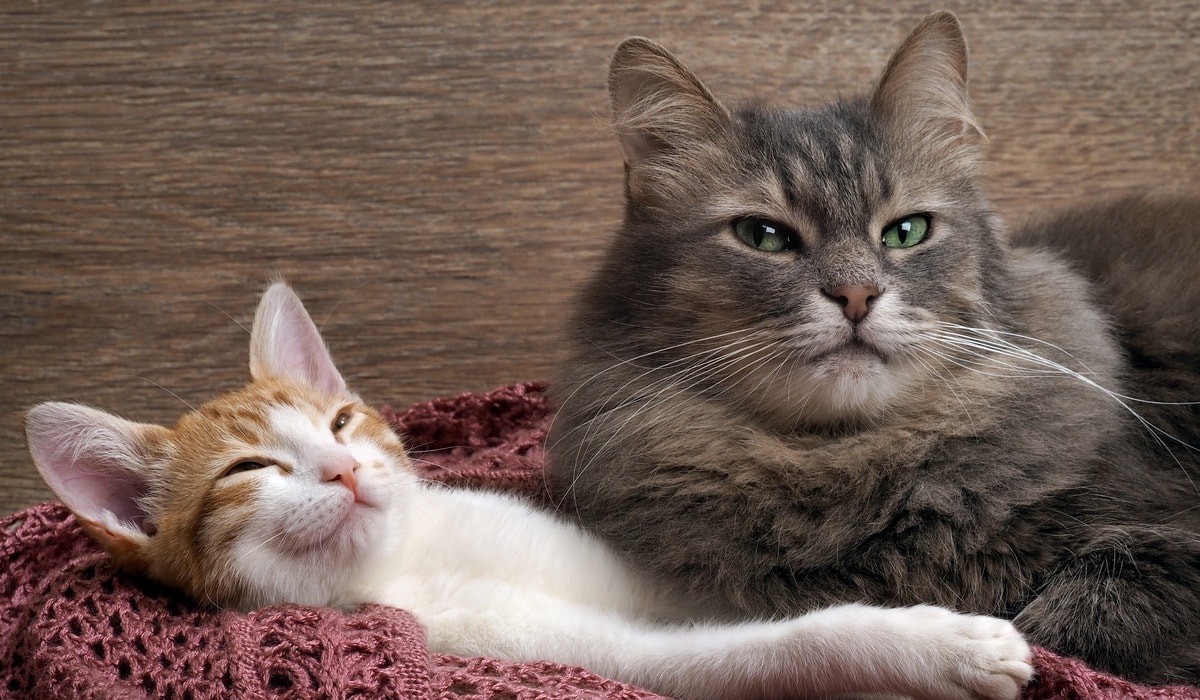Welcoming a new kitten into your home is undoubtedly one of the best feelings there is.
If you already have a cat living with you though, a little extra care will need to be taken when making introductions.
It doesn’t matter how well behaved or how pleasant your older feline friend is, introducing a new kitten into the fold can bring about an unenthusiastic reaction.
Cats, by their nature, are territorial animals. A new member of the family, therefore, can be seen as competition rather than a companion.
This is why it’s a good idea to spend time working on developing your cats’ relationship.
After all, they could be housemates for a good number of years.





